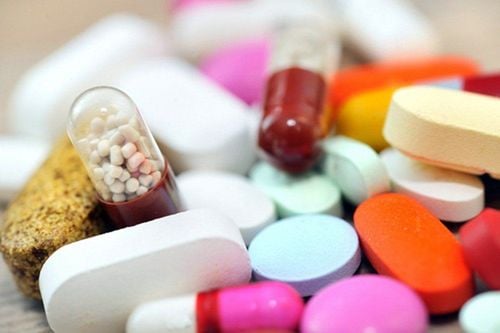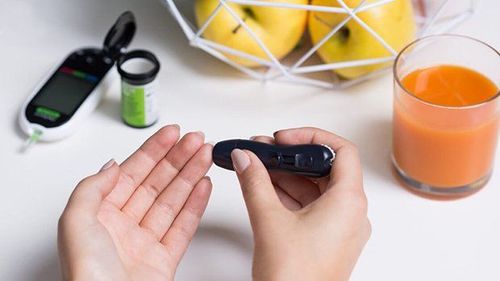This is an automatically translated article.
Having type 2 diabetes doesn't mean you have to avoid delicious foods. Vegetables should be the key to a diet for people with type 2 diabetes and can be delicious if you know how to choose and prepare foods.1. What is the science of having diabetes?
There are practically no foods that are strictly prohibited for people with type 2 diabetes. A healthy diet for people with diabetes is portion control, food intake, and a balanced diet.
The best vegetables for type 2 diabetes are those that are low in food sugar aka low on the glycemic index (GI), high in fiber, and rich in nitrates that help lower blood pressure.
2. The best vegetables for type 2 diabetes
Eating a variety of foods, including combinations of certain vegetables, can help people with diabetes stay healthy while enjoying a variety of meals. We should prioritize vegetables with a low GI. Low GI vegetables can help prevent a rapid rise in the glycemic index.
The GI rating of a food shows how quickly the body absorbs glucose from that food. The body absorbs sugar into the bloodstream much faster when consuming high GI foods than when consuming low GI foods.
People with diabetes should eat low GI vegetables to avoid sudden spikes in blood sugar. Not all vegetables are safe for people with diabetes, and some have a high GI. Boiled potatoes, for example, have a GI of 78.
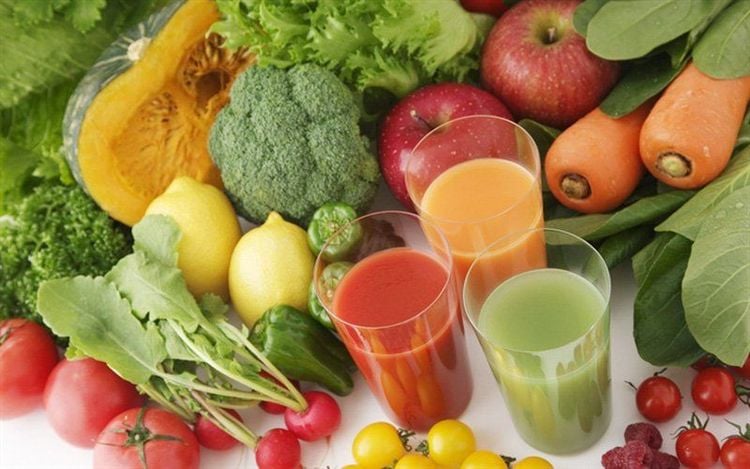
Một số loại rau củ được lựa chọn dành cho người bệnh tiểu đường tuýp 2
The GI score for some popular vegetables is:
Chickpeas kept in the fridge scored 39. Carrots score 41 when boiled and 16 when raw. Broccoli scores 10. Tomatoes score 15. Low GI Vegetables Safe for Diabetics:
Cabbage Asparagus Broccoli Cauliflower Green Beans Lettuce Eggplant Chili Peppers Snow Beans Spinach Celery It is important to note that GI only carries Gives a relative value for each food and does not refer to specific sugar content. Meanwhile, glycemic load (GL) refers to the amount of glucose that will enter the body in one serving of food.
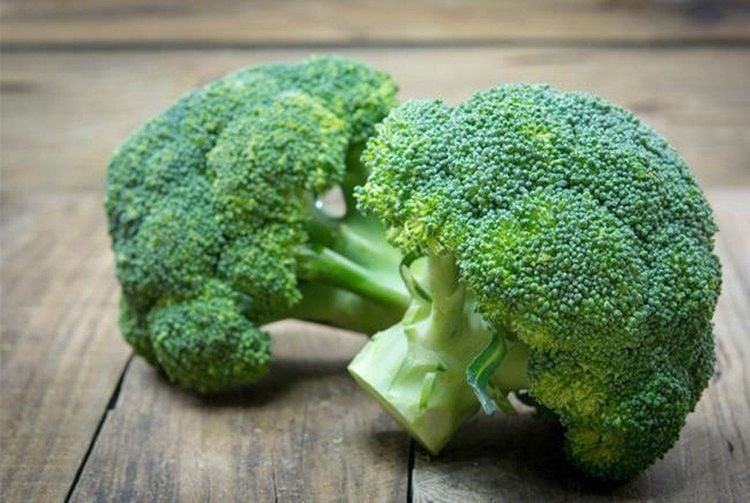
Bông cải xanh là loại rau an toàn cho người mắc bệnh tiểu đường
High nitrate vegetables:
Nitrates are natural chemicals contained in specific vegetables. Some manufacturers even use them as preservatives in foods.
Eating natural, nitrate-rich foods can lower blood pressure and improve overall heart health. People should choose vegetables that are naturally high in nitrates, rather than vegetables with nitrates that manufacturers have added during processing.
Nitrate-rich vegetables include: beets and beet juice, lettuce, celery, rhubarb.
Vegetables provide the necessary amount of protein
Protein-rich foods help people feel full for longer, reducing the desire to snack between meals. Daily protein recommendations depend on an individual's weight, gender, activity level, and other factors. People can consult their Doctor for the best insight into what their ideal daily protein intake should be. Pregnant or breast-feeding women, people who are physically active, and tall people (large bodies) need more protein than others.
Some high protein vegetables include:
Spinach Asparagus Green Mustard Broccoli Brussels Cabbage Cauliflower
Fiber Rich Vegetables:
Fiber should come from natural food sources, by eating directly not a supplement, making vegetables essential in a glucose-controlled diet. Fiber can help relieve constipation, lower high blood cholesterol levels, and help manage weight. The American Academy of Nutrition and Dietetics says that the correct amount of fiber per day is 25 grams (g) for women and 38 grams for men. However, this recommendation varies, depending on body size, overall health and similar factors.
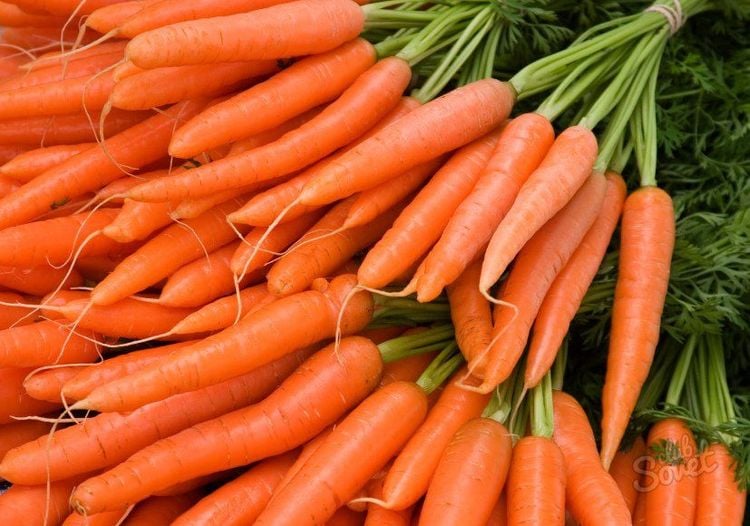
Cà rốt là loại rau củ giàu chất xơ giúp cơ thể giảm tình trạng táo bón
High fiber vegetables and fruits include:
Carrots Radish Broccoli Cabbage Peas Butter
3. Why should you choose vegetables?
Vegetables provide safe carbohydrates for people with diabetes. Good carbohydrate foods provide both nutrients and energy, making them a safe, effective, and nutritious food choice for people with diabetes. Low-to-moderate GI vegetables, such as carrots, improve glycemic control and reduce the risk of weight gain.
Foods rich in nitrates, like beets, are among the best vegetables for people with type 2 diabetes who also have a higher-than-normal risk of cardiovascular disease. This fact holds true despite its high carbohydrate content.
The key to effective food control is to increase vegetable intake and reduce carbohydrate intake from other sources in the diet by cutting back on foods like bread or sugary snacks.
A person with diabetes should eat adequate amounts of fiber and protein in their diet. Dark green vegetables are foods that are rich in fiber, protein and other important nutrients.
Fiber can help control blood sugar. Vegetables, fruits, nuts, and beans are excellent sources of fiber.
Vegetables also aid in improving healthy cholesterol levels and lowering blood pressure. Like protein, fiber can make people feel fuller for longer.

Các loại rau có màu xanh đậm chứa nhiều thành phần dinh dưỡng quan trọng cho cơ thể con người
4. Vegetarian with diabetes
Eating a vegetarian diet can be challenging for people with diabetes. Plant-based animal sources often have the most protein, and vegans are the ones who avoid dairy and other animal products.
Some of the most protein-rich vegan foods include:
Lentils Beans and chickpeas Almonds Pumpkin seeds Amaranth and quinoa Cereal bread Soy milk Tofu A vegan for diabetics It could be a balanced diet. Whole grains, nuts, seeds, and lentils provide plenty of protein but are often low in calories.
5. The ideal meal of diabetes
Cooking nutritious meals with vegetables will help control the symptoms of diabetes. Any meal that includes some of the above ingredients will provide excellent nutrition.
To keep meals healthy and flavorful, people with diabetes should avoid using too much salt or relying on prepackaged ingredients that are high in sodium.

Người bệnh tiểu đường cần có chế độ ăn khoa học và hợp lý
Careful calorie calculation will also aid in glucose control. Excess calories can turn a healthy meal into a risk factor for excess weight gain and worsen insulin sensitivity.
Balancing less healthy foods with more nutritious ones is a way to maintain health while also helping to improve appetite. There is a risk that banning certain foods could make them feel even more appealing. This can lead to less control over food choices in a diabetic's meal.
In addition to vegetables, people with diabetes can eat fruits. Fruit is always the first choice that has very little impact on blood sugar. For those who want to prevent diabetes, research has shown that eating fruit reduces the risk of diabetes.
Thus vegetables for diabetics contribute to blood sugar control and health promotion. However, a diabetic's meal still needs a reasonable calculation of ingredients to provide a necessary amount of calories.
Reference source: diabetes.org, medicalnewstoday.com





